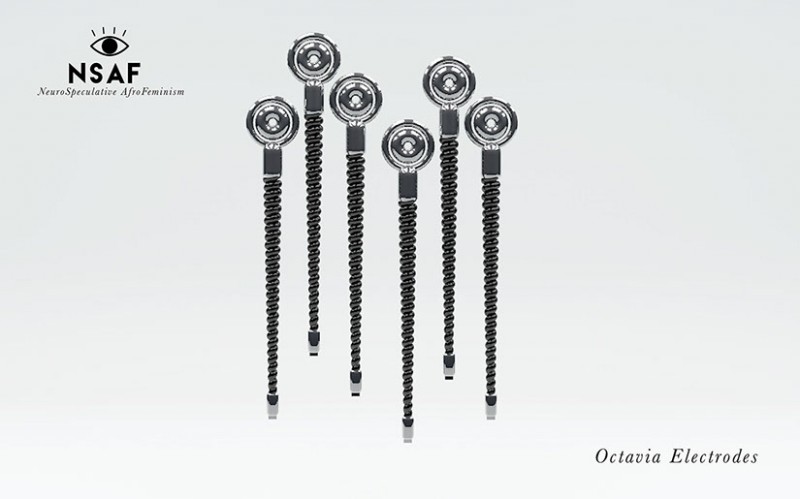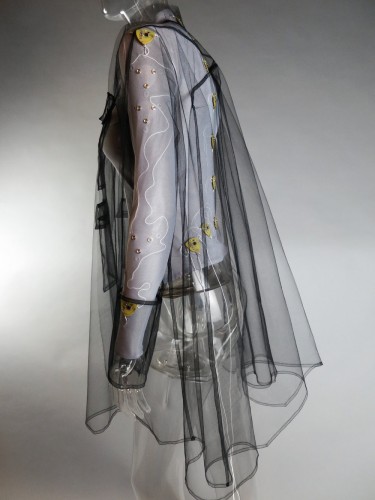In an age where everything is digital—from the ways we communicate to grocery shopping—it is not only a challenge, but also irresponsible to not consider the digital in design. While the concept of design is inherently innovative, it quickly becomes obsolete if it does not enhance or complement the lives of those who the design is intended for. Design that has not been tested or piloted in a digital environment is not trusted to be built. But does it mean to design digitally if not simply that? How do incorporate the “digital” not only in the process, but in the product as well?
In attending the 2019 Michigan Meeting Fall Symposium, Life with/in Digital Objects, these questions were not met with statements, but with further questions, whose answers lay not in the words of the panelists, but in their designs. Each panelist: Andre Brock (Georgia Tech), Carmen Aguilar y Wedge (Hyphen Labs), Lionel Robert (U-M School of Information), and Sophia Brueckner (U-M Art and Design); gave a brief presentation of their current work and why it matters to the discussion of the life with and in digital objects. Without directly addressing the question, each of them presented their perception of what it means to live in the digital age. These works included, but were not limited to research on teamwork with technology; art pieces that showcased the most anonymously highlighted sentences in romantic e-books; and cosmetology products that serve to enhance surveillance, security, and privacy in people’s lives.
Personally, I was very interested in Hyphen Labs’s cosmetology products, because they addressed multiple levels of issues in society today—not only digital, but cultural ones as well. Being an engineer and a neuroscience biologist, the designers bring fascinating perspectives and solutions to the design at hand. Aguilar y Wedge introduced a transparent sunscreen, a microaggression deflecting visor, audio and video embedded earrings, and electrode hair extensions for brain optimization techniques. Specifically concerned with the disadvantages that black women face in society, these designs aim to bring attention to these disadvantages, while offering solutions and using technology as a product in and of our livelihood.

Credit: Hyphen-Labs
Another project that I found very compelling was “the embodisuit,” presented by Sophia Brueckner. This piece of clothing allows signals to be sent to different parts of the wearer’s body. These signals could include a change in temperature based on the temperature of someone’s hometown, or a small vibration on the wrist to warn that rain is coming, along with several different ones that encourage people to stay connected to people, places, and things that are meaningful to them. The project page quotes, “we’re living in a world of connections, and it matters which ones get made and unmade.” This type of design is fascinating because it is made very personal and meaningful. It reverses the relationship typically expected of humans and technology: we are used to our phones, computers, etc. monitoring and listening to us. In this design, it is the human who senses or detects.

Credit: Sophia Brueckner And Rachel Freire
The presentations were followed by a panel/Q&A, a “bring your own stuff” activity session around digital objects brought by participants as well as attendees, and a VR Lab open house. While I am typically more engaged in hands-on workshop activities, the presentations were very enriching to the mind of a new designer. It broadened my views in how design can be affected by cultural and social issues and technology, as well as how it can affect them.